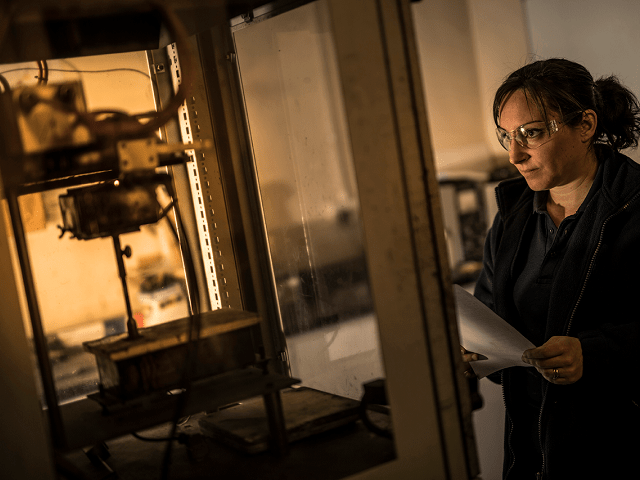Cone calorimeter testing is a form of Reaction to Fire Testing. Reaction to fire testing measures the contribution of a material or system to fire, particularly at the early stages when this is crucial to the safe evacuation of a building or transport system.
How does cone calorimeter testing work?
During cone calorimeter testing, a specimen is mounted on a load cell which records the rate at which mass is lost during combustion. After it is mounted, an electrical spark ignites the combustible gases produced by the heated specimen. The gases produced during combustion are then collected in an exhaust hood and duct. At this point, smoke, temperature and pressure measurements are taken. These measurements make it possible to calculate the heat release rate.
This device analyses the combustion gases and measures the smoke produced from a test specimen exposed to a specific heat flux. The oxygen concentration will be analysed to determine a heat release measurement, but if a more accurate result is required, carbon monoxide and carbon dioxide concentrations can also be considered.
Our Testing and Measurement Capabilities
The following is a list of the available information and measurements via the cone:
- Time to ignition (tig)
- Rate of heat release per unit area (kW/m2)
- Peak of heat release per unit area (kW/m²)
- Total heat release (MJ/m²)
- Effective heat of combustion (MJ/kg)
- Rate of smoke production (m2/m²)
- Total mass loss (g/m²)
- Rate of mass loss (g/m².s)
- Heat flux (kW/m2)
- O2 concentration (%)
- CO2 concentration (%)
- CO concentration (%).
Why use cone calorimeter testing?
Cone calorimeter testing only requires a small specimen size (100mm x 100mm) making it a cost-effective way to research the fire performance of products during the developmental stage. It is also suitable for assessing material compliance to established performance requirements, ongoing quality control, or generating data for litigation purposes.
The data collected from this test can help determine several parameters for fire performance, such as flammability, smoke production, mass loss and heat release rates.
Rate of heat release is well understood to be one of the most important parameters for determining the fire hazard that may be presented by material or a product. The most accurate and elegant method of measuring heat re-lease is using oxygen depletion calorimetry (oxygen and CO2 analysis). The cone calorimeter has gained very wide acceptance worldwide since it has been shown that, in many fields, its results can be used in a range of fire models for furniture, cables, building materials, etc.
As heat release measurement is so important in understanding fire, oxygen depletion calorimetry is widely used in large-scale tests, such as the SBI (EN 13823) used for European classification and the ISO 9705, the international room corner test. There is an established scientific correlation between these test methods and ISO 5660.
In this context, the cone calorimeter is very useful for product development or production verification for materials which are used for wall, ceiling or external wall (facade) applications and require classification according to EN 13501-1, classes B, C or D.
The ISO 5660 is also incorporated in the classification standard for railways EN 45545 and for certain building product classifications in Australia and New Zealand.
To learn more about Cone Calorimeter Testing, or to discuss your requirements, contact our team today.
Our Services
SERVICES
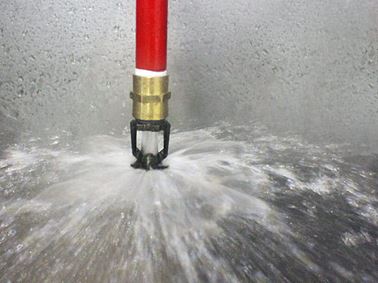
Active Fire Testing
Find out more how our accredited laboratories can provide active fire testing to the BS 8458:2015 and NA18 as required by the new AS 1851-2012 standard.
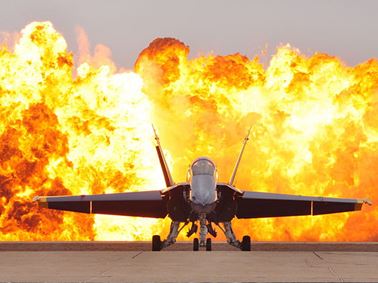
Aerospace Fire Testing
Find out more about our aerospace fire testing, which operates out of our fully accredited reaction to fire laboratories in Frankfurt and Warrington.
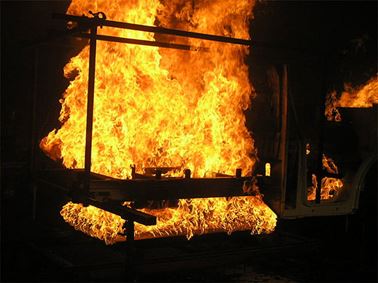
Automotive Fire Testing
Find out more about our automotive fire testing, including our fuel tank testing capabilities, which operate out of our fully accredited reaction to fire laboratories in Frankfurt and Warrington.
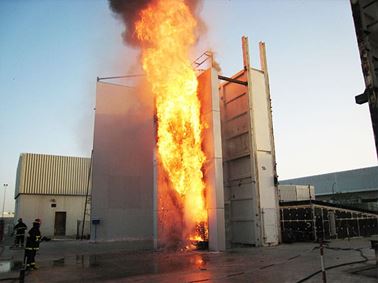
Building Cladding Testing
Find out about our BS 8414 building cladding testing capabilities in Dubai, Gent and Melbourne.
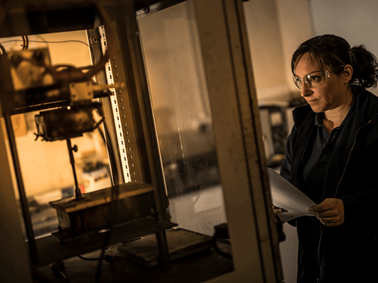
Cone calorimetry testing
Find out more about our cone calorimetry testing which is a cost-effective way to research the fire performance of products during the developmental stage.
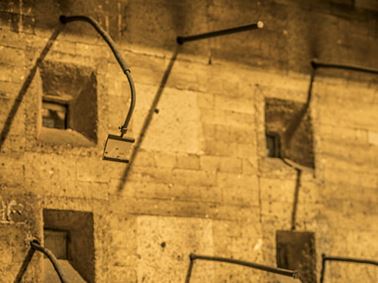
Construction Fire Testing
Find out more about our construction fire testing across a variety of standards and test methods, with accredited laboratories placed across the globe.
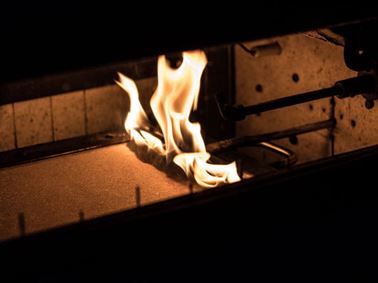
Defence Fire Testing
Find out more about our defence fire testing services and how we are experienced working with the defence industry's demanding requirements.
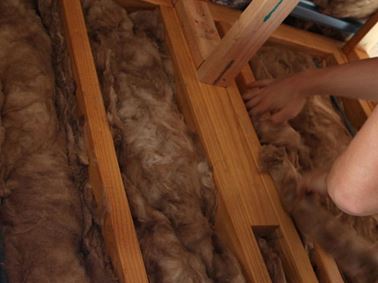
Insulation Flammability Testing
Flammability testing for thermal insulation is provided by Warringtonfire to BS 5803-4, as well as fire resistance tests under BS 476-1 and BS EN 13501-1
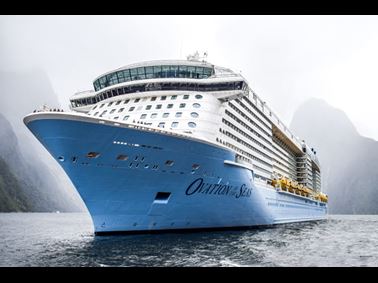
Marine Fire Testing
Find out more about our marine fire testing, performed across our fully accredited laboratories in the UK, Belgium, Germany and Australia.
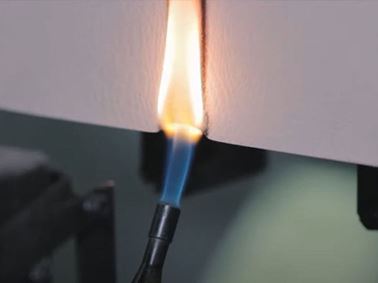
Plastics and Surface Materials
Learn how Warringtonfire can help test how your plastics and surface materials will react in a real-life fire situation, to ensure the products you develop are fit for purpose.
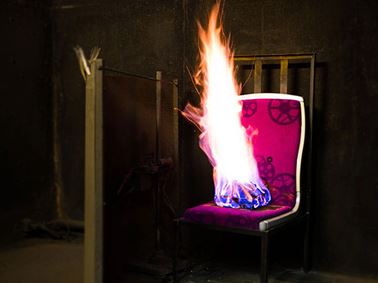
Rail Fire Testing
Find out more about our comprehensive range of independent rail fire testing services, performed from our UKAS, DAkkS and BELAC accredited laboratories.
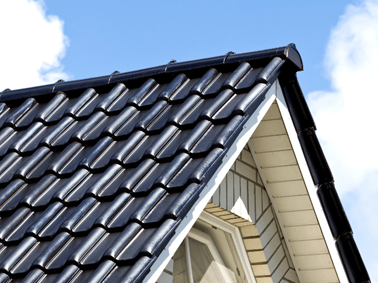
Roof Testing
Find out more about roof testing for reaction to fire, provided by our Gent Laboratory
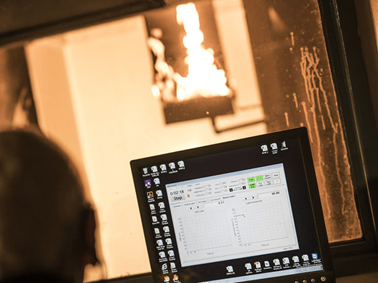
Single Burning Item
Find out more about Single Burning Item testing, a key method for assessing the reaction to fire performance of construction products.
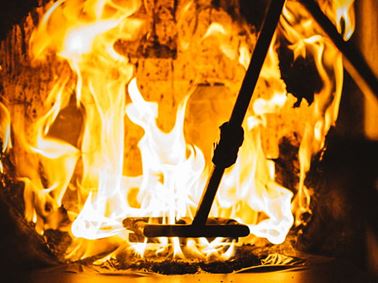
Textiles Fire Testing
Find out more how our engaged experts operate textiles fire testing from our accredited laboratories in Warrington and Frankfurt.
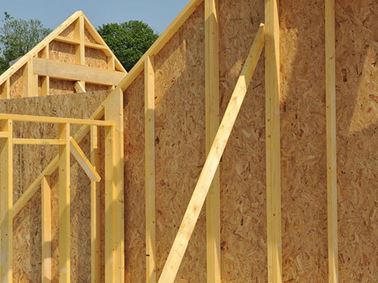
Timber Panel Products Testing
Timber panel products need to be tested for both reaction to fire and fire resistance. Find out how we can help
